Need a waterproof membrane switch for outdoor, medical, or industrial use? Our guide explains IP ratings, sealing materials, and design tips. Get a custom IP67 membrane switch quote from Bx-Panel factory.
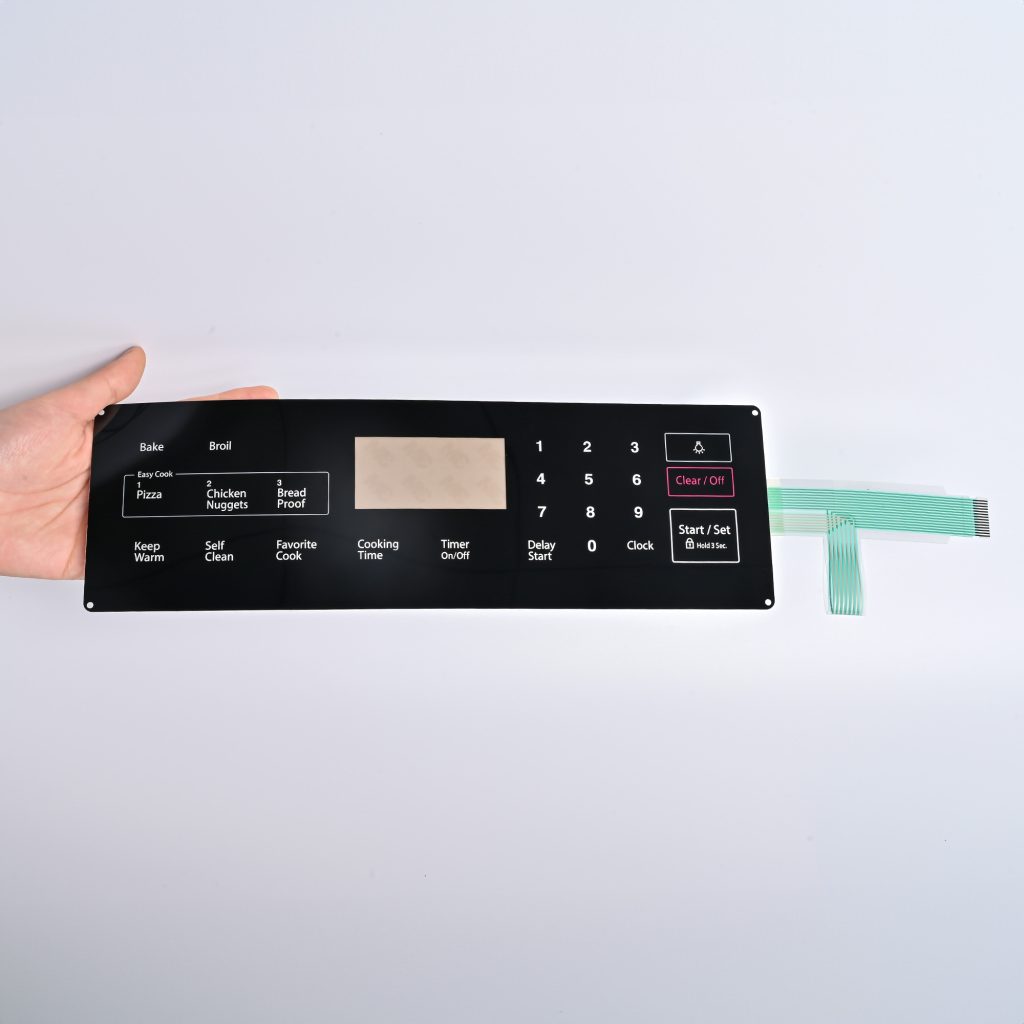
Designing for Durability: Your Ultimate Guide to Waterproof and IP67 Membrane Switches
Engineers designing for harsh environments face a constant challenge: how to protect sensitive electronics from moisture, dust, and chemicals without compromising user interface functionality. The solution often lies in a meticulously engineered waterproof membrane switch. For applications in outdoor equipment, medical devices, and industrial control panels, a standard switch simply won’t suffice. This article serves as a definitive guide, delving into the meaning of IP ratings, comparing the performance of different sealing materials, and outlining key design-stage considerations to ensure your product’s longevity and reliability.
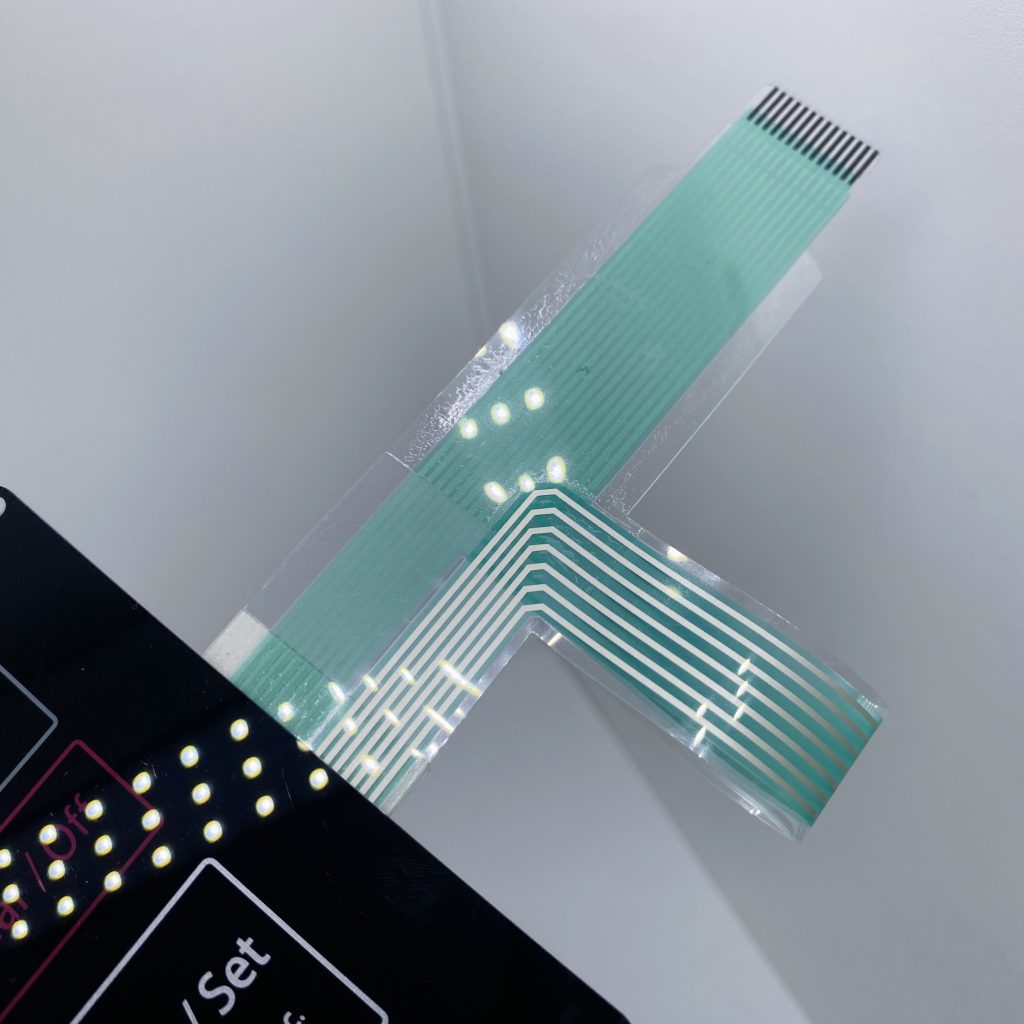
Demystifying IP Ratings: What Does “IP67 Membrane Switch” Really Mean?
The term “waterproof” can be vague. The International Protection (IP) Marking system (IEC 60529) provides a clear, standardized code to define a product’s level of environmental protection. For a sealed control panel, understanding this code is the first step.
An IP code is typically written as “IP” followed by two digits (e.g., IP67):
* First Digit (Solid Particle Protection): Ranges from 0 (no protection) to 6 (complete protection against dust).
* Second Digit (Liquid Ingress Protection): Ranges from 0 (no protection) to 9 (protection against high-pressure, high-temperature water jets).
For a truly waterproof membrane switch, the second digit is most critical. Here’s what engineers commonly specify:
* IP65: Dust-tight and protected against water jets. Suitable for outdoor kiosks or equipment that may be hosed down.
* IP67: Dust-tight and protected against immersion in water up to 1 meter for 30 minutes. Ideal for medical devices that require frequent, aggressive cleaning or outdoor gear exposed to heavy rain.
* IP68: Dust-tight and protected against continuous immersion in water under conditions specified by the manufacturer. This is for permanent submersion applications.
At Bx-Panel (Xinbixi Electronic Technology Co., Ltd.), we rigorously test our switches to meet the specified IP rating, giving you and your end-users absolute confidence. For a deeper look at our testing capabilities for our Membrane Switches, visit our product page.
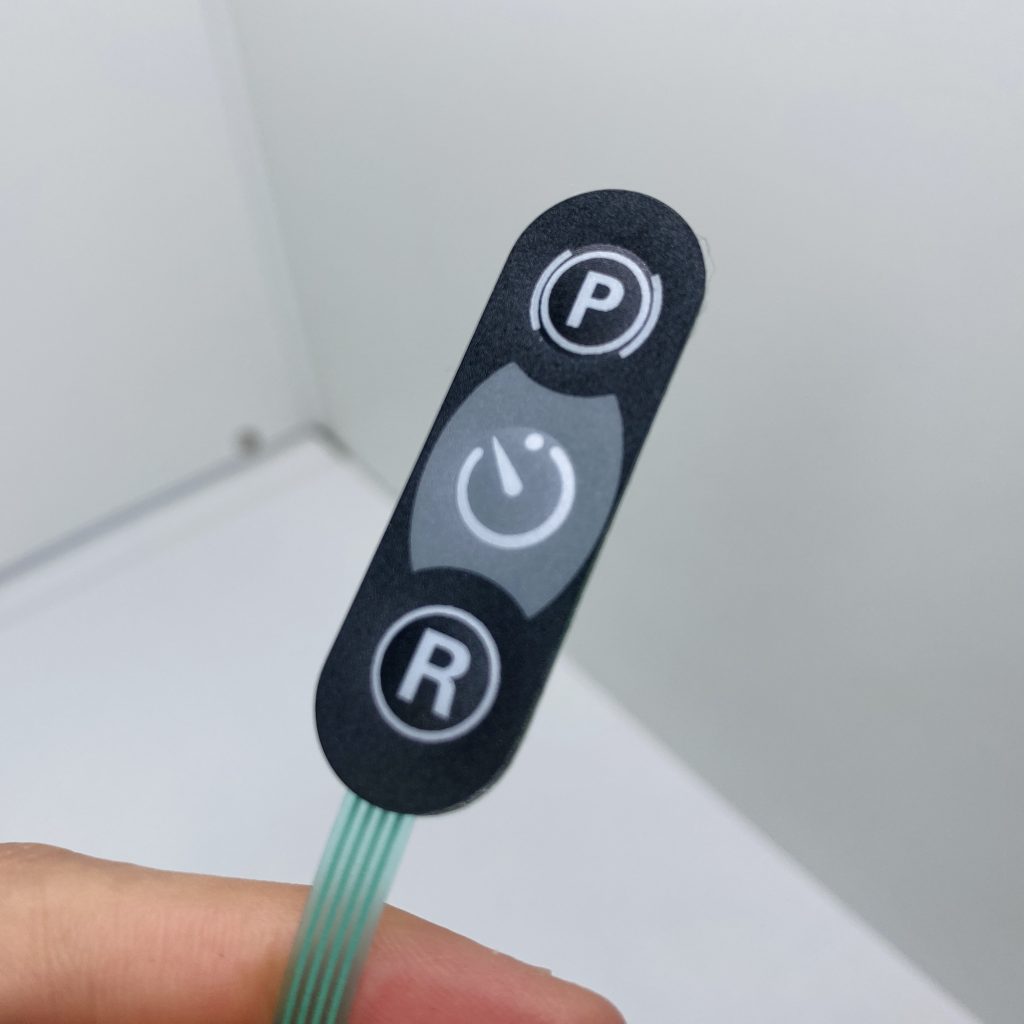
Choosing the Right Seal: A Comparison of Membrane Switch Gasket Materials
The heart of a waterproof switch is its seal. The material of the gasket determines its resistance to temperature, chemicals, and compression set (the permanent deformation of a material under constant stress).
* Poron® Foam: A popular microcellular foam known for excellent compression set resistance. It forms a very tight seal and is highly effective for IP67 membrane switch applications. However, it can be less suitable for environments with oils or solvents.
* Silicone Rubber: This is the gold standard for high-performance sealing. Silicone gaskets offer superior temperature resistance (from -60°C to 230°C), excellent weatherability, and good chemical resistance. They are ideal for sealed control panels in automotive, medical, and industrial settings where extreme conditions are expected.
* Polyurethane (PU) Foam: Offers good general sealing at a lower cost. It provides a reliable seal against dust and water splashes but is generally not recommended for prolonged immersion or harsh chemical exposure.
Our Engineering Insight: At our 3,000㎡ factory in Xiamen, we don’t just supply parts; we provide solutions. Our design team will help you select the optimal gasket material—be it Poron® or Silicone—based on your specific environmental challenges and budget, ensuring the longevity of your Graphic Overlays and underlying electronics.
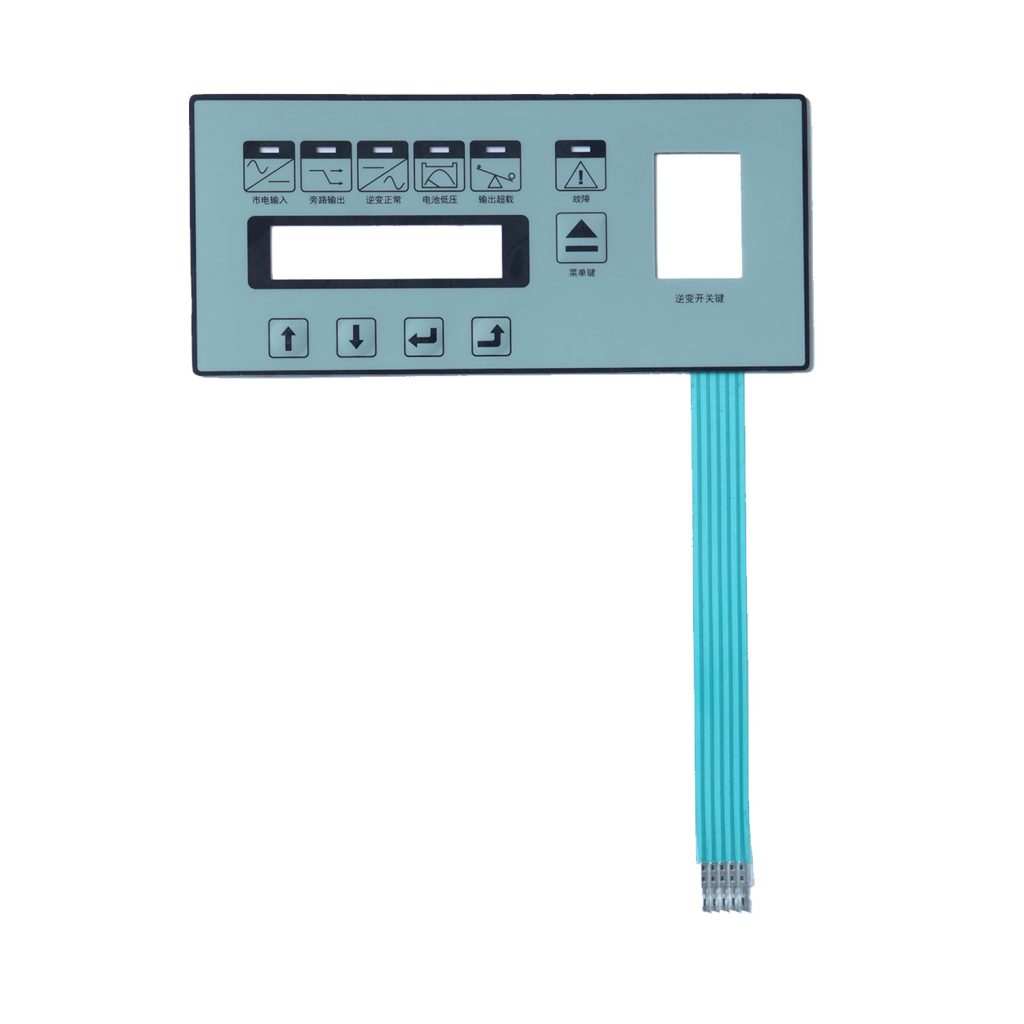
Proactive Design: How to Engineer Waterproofing into Your Membrane Switch from the Start
Retrofitting waterproofing is difficult and costly. The most effective and economical approach is to integrate these considerations during the initial design phase.
1. Define the Environment First: Clearly identify all potential threats—water, chemicals, UV exposure, operating temperature ranges, and cleaning agents. This dictates the required IP rating and material s Waterproof Membrane Switch Guide: IP67 Ratings, Materials & Design | Bx-Panel
Need a waterproof membrane switch for outdoor, medical, or industrial use? Our guide explains IP ratings, sealing materials, and design tips. Get a custom IP67 membrane switch quote from Bx-Panel factory.

Designing for Durability: Your Ultimate Guide to Waterproof and IP67 Membrane Switches
Engineers designing for harsh environments face a constant challenge: how to protect sensitive electronics from moisture, dust, and chemicals without compromising user interface functionality. The solution often lies in a meticulously engineered waterproof membrane switch. For applications in outdoor equipment, medical devices, and industrial control panels, a standard switch simply won’t suffice. This article serves as a definitive guide, delving into the meaning of IP ratings, comparing the performance of different sealing materials, and outlining key design-stage considerations to ensure your product’s longevity and reliability.
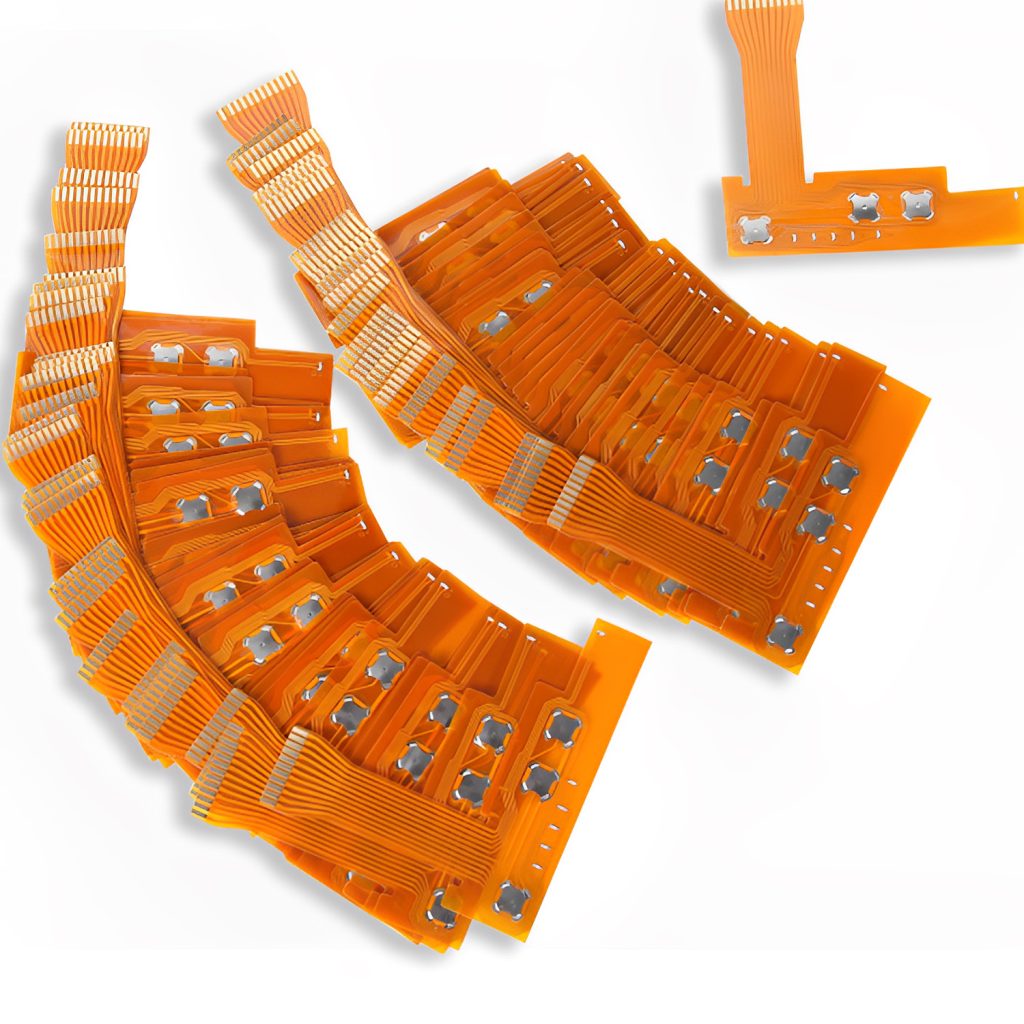
Demystifying IP Ratings: What Does “IP67 Membrane Switch” Really Mean?
The term “waterproof” can be vague. The International Protection (IP) Marking system (IEC 60529) provides a clear, standardized code to define a product’s level of environmental protection. For a sealed control panel, understanding this code is the first step.
An IP code is typically written as “IP” followed by two digits (e.g., IP67):
* First Digit (Solid Particle Protection): Ranges from 0 (no protection) to 6 (complete protection against dust).
* Second Digit (Liquid Ingress Protection): Ranges from 0 (no protection) to 9 (protection against high-pressure, high-temperature water jets).
For a truly waterproof membrane switch, the second digit is most critical. Here’s what engineers commonly specify:
* IP65: Dust-tight and protected against water jets. Suitable for outdoor kiosks or equipment that may be hosed down.
* IP67: Dust-tight and protected against immersion in water up to 1 meter for 30 minutes. Ideal for medical devices that require frequent, aggressive cleaning or outdoor gear exposed to heavy rain.
* IP68: Dust-tight and protected against continuous immersion in water under conditions specified by the manufacturer. This is for permanent submersion applications.
At Bx-Panel (Xinbixi Electronic Technology Co., Ltd.), we rigorously test our switches to meet the specified IP rating, giving you and your end-users absolute confidence. For a deeper look at our testing capabilities for our Membrane Switches, visit our product page.
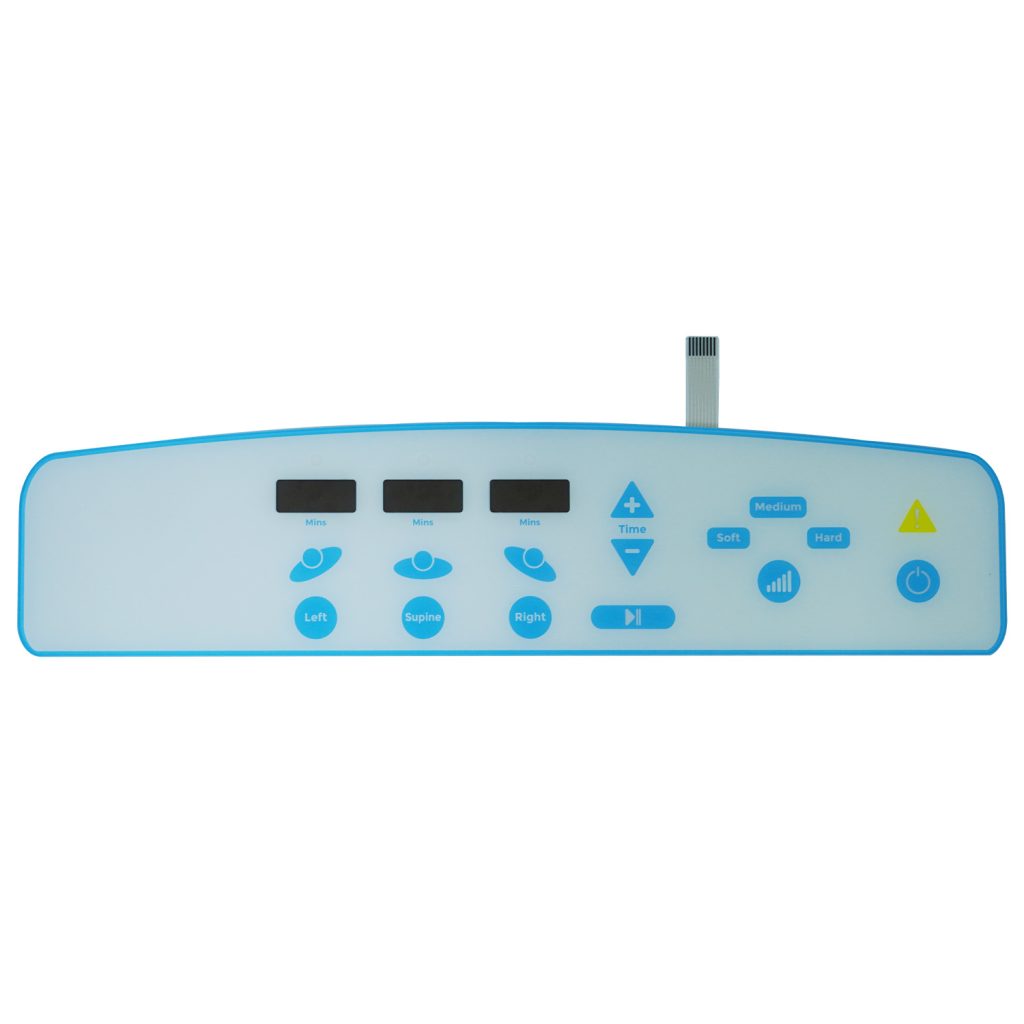
Choosing the Right Seal: A Comparison of Membrane Switch Gasket Materials
The heart of a waterproof switch is its seal. The material of the gasket determines its resistance to temperature, chemicals, and compression set (the permanent deformation of a material under constant stress).
* Poron® Foam: A popular microcellular foam known for excellent compression set resistance. It forms a very tight seal and is highly effective for IP67 membrane switch applications. However, it can be less suitable for environments with oils or solvents.
* Silicone Rubber: This is the gold standard for high-performance sealing. Silicone gaskets offer superior temperature resistance (from -60°C to 230°C), excellent weatherability, and good chemical resistance. They are ideal for sealed control panels in automotive, medical, and industrial settings where extreme conditions are expected.
* Polyurethane (PU) Foam: Offers good general sealing at a lower cost. It provides a reliable seal against dust and water splashes but is generally not recommended for prolonged immersion or harsh chemical exposure.
Our Engineering Insight: At our 3,000㎡ factory in Xiamen, we don’t just supply parts; we provide solutions. Our design team will help you select the optimal gasket material—be it Poron® or Silicone—based on your specific environmental challenges and budget, ensuring the longevity of your Graphic Overlays and underlying electronics.
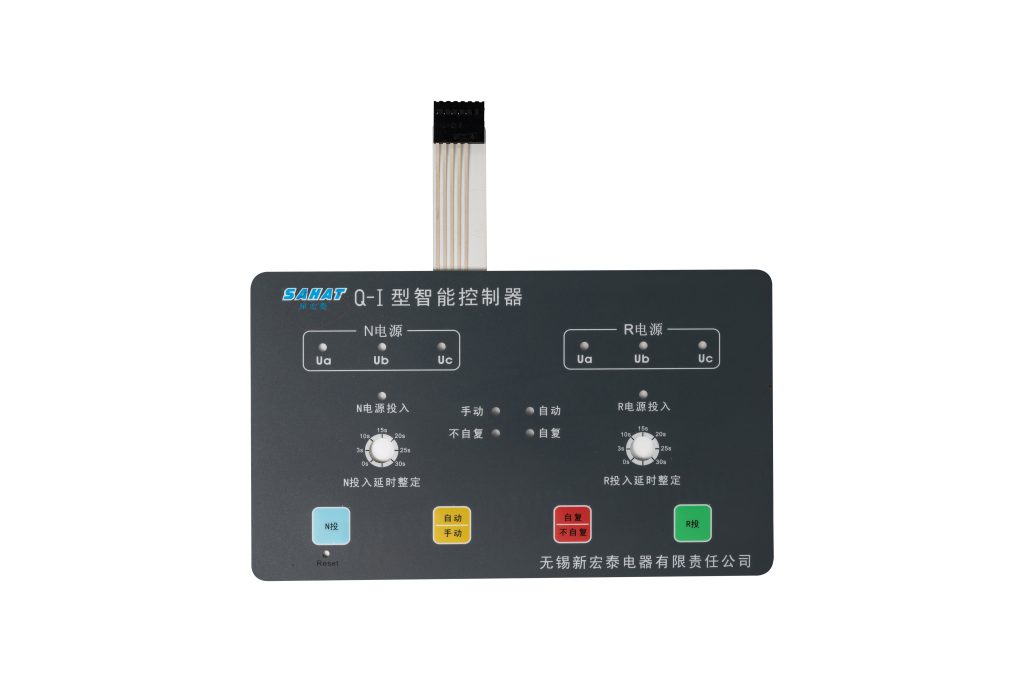
Proactive Design: How to Engineer Waterproofing into Your Membrane Switch from the Start
Retrofitting waterproofing is difficult and costly. The most effective and economical approach is to integrate these considerations during the initial design phase.
1. Define the Environment First: Clearly identify all potential threats—water, chemicals, UV exposure, operating temperature ranges, and cleaning agents. This dictates the required IP rating and material selection.
Optimize the Layer Stack-Up: A membrane switch is a laminated assembly. The sealing gasket must be correctly positioned within this stack-up to create a continuous barrier. Our engineers optimize the integration of the Insulation Gaskets and switch layers to prevent any potential leak paths.
Consider the Embossing: If your Graphic Overlays include tactile domes or embossing, the design must account for how this affects the compression of the gasket. Strategic dome placement is key to maintaining a uniform seal.
Reinforce Termination Exit Points: A common failure point is where the switch’s tail (flex circuit) exits the assembly. We use specialized sealing techniques, such as potting or reinforced gasketing, at this critical point to ensure a complete seal from the active area to the connector. This is a critical step in creating a durable waterproof membrane switch.
Select Durable Materials: The entire construction must withstand the environment. We offer robust materials for Acrylic Panels and Nameplates that resist fading, cracking, and chemical degradation, complementing the internal seal.
For more information on our custom design services for Acrylic Panels and Membrane Switches, check out our capabilities.
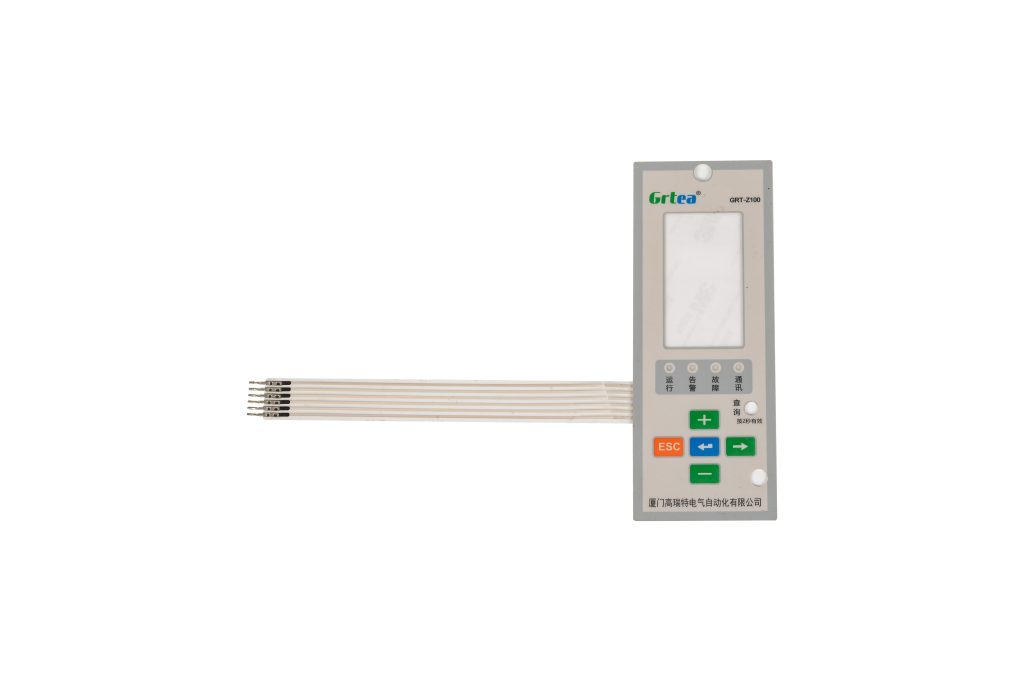
Conclusion: Partner with a Factory That Builds Confidence
Specifying a waterproof membrane switch is more than just picking an IP rating from a catalog. It requires a deep understanding of materials science, mechanical design, and real-world application challenges. As a direct factory with over 100 skilled workers and a dedicated design team in Xiamen, China, Bx-Panel is your ideal partner.
We control the entire manufacturing process—from designing the Graphic Overlays and fabricating the precise Insulation Gaskets to the final assembly and testing—ensuring the highest quality and reliability for your sealed control panel.
(Call to Action)
Don’t let environmental challenges compromise your next product. Let our engineering team provide you with a solution that is built to last.
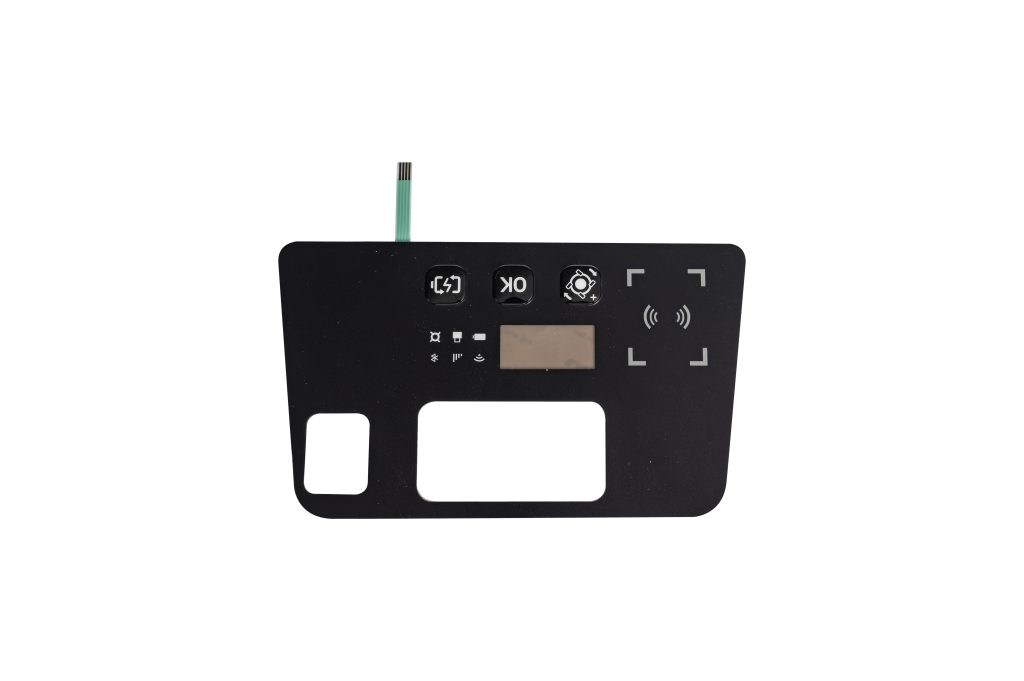
Request a Free Design Consultation: Contact our sales team to discuss your project requirements.
Get a Custom Sample: Experience the quality of our IP67 membrane switches firsthand.
Contact us today to get started:
Email our Business Manager: [email protected] (For samples and custom product inquiries)
Visit our website: www.bx-panel.com